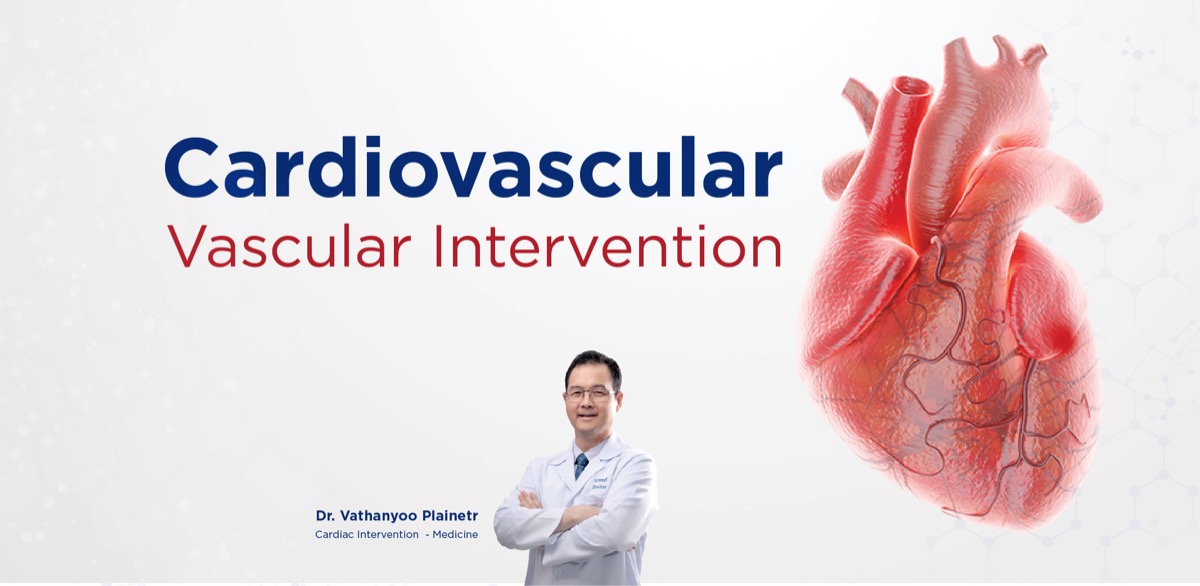
Cardiovascular vascular intervention is a medical technique used to diagnose and treat illnesses. It involves insertion of a catheter into a blood vessel for subsequent introduction of devices or tools for following examination or treatment.
- Angiography is a visualization of blood vessels after the intravascular introduction of radiopaque contrast medium.
- Angioplasty is a procedure used to widen narrowed or blocked blood vessels using a balloon or drug-coated balloon.
- Stent implantation is a procedure used to keep enlarged blood vessel from narrowing using a drug-eluting stent.
Preparation for cardiovascular vascular intervention
- Inform your doctor about your medical history and medications you are taking
- Stop taking certain medicines that may affect blood coagulation
- Stop smoking at least 2 weeks before cardiovascular vascular intervention
Procedure of cardiovascular vascular intervention
Cardiovascular vascular intervention takes approximately 1-2 hours. In this procedure, a catheter is inserted into the blood vessel after injection of local anesthesia according to the indication as follows:
- Angiography: A catheter is inserted into an artery in the groin area or the wrist and radiopaque contrast medium is then injected into the artery to provide a clear vision of the artery.
- Angioplasty: A catheter is inserted into a narrowed or blocked blood vessel to widen such blood vessel using a balloon or drug-coated balloon.
- Stent implantation: A catheter is inserted into the dilated blood vessel and a drug-eluting stent is then inserted into the blood vessel.
Self-care after cardiovascular vascular intervention
After cardiovascular vascular intervention, the patient needs to stay in the hospital for approximately 1-2 days to recover. The patient must take the medicine as prescribed by the doctor and strictly follow the doctor’s instructions.
Potential complications
Potential complication of cardiovascular vascular intervention are as follows:
- Bleeding
- Infection
- Nerves or blood vessel damage
- Blood vessel rupture
However, these complications extremely uncommon. In most cases, patients are able to recover and return to their normal daily life.
Advantages
- Small incision compared to open surgery
- Shorter recovery period
Conclusion
Cardiovascular vascular intervention is an effective and safe treatment option. Patients should consult a doctor to assess their symptoms and plan an appropriate examination or treatment.






